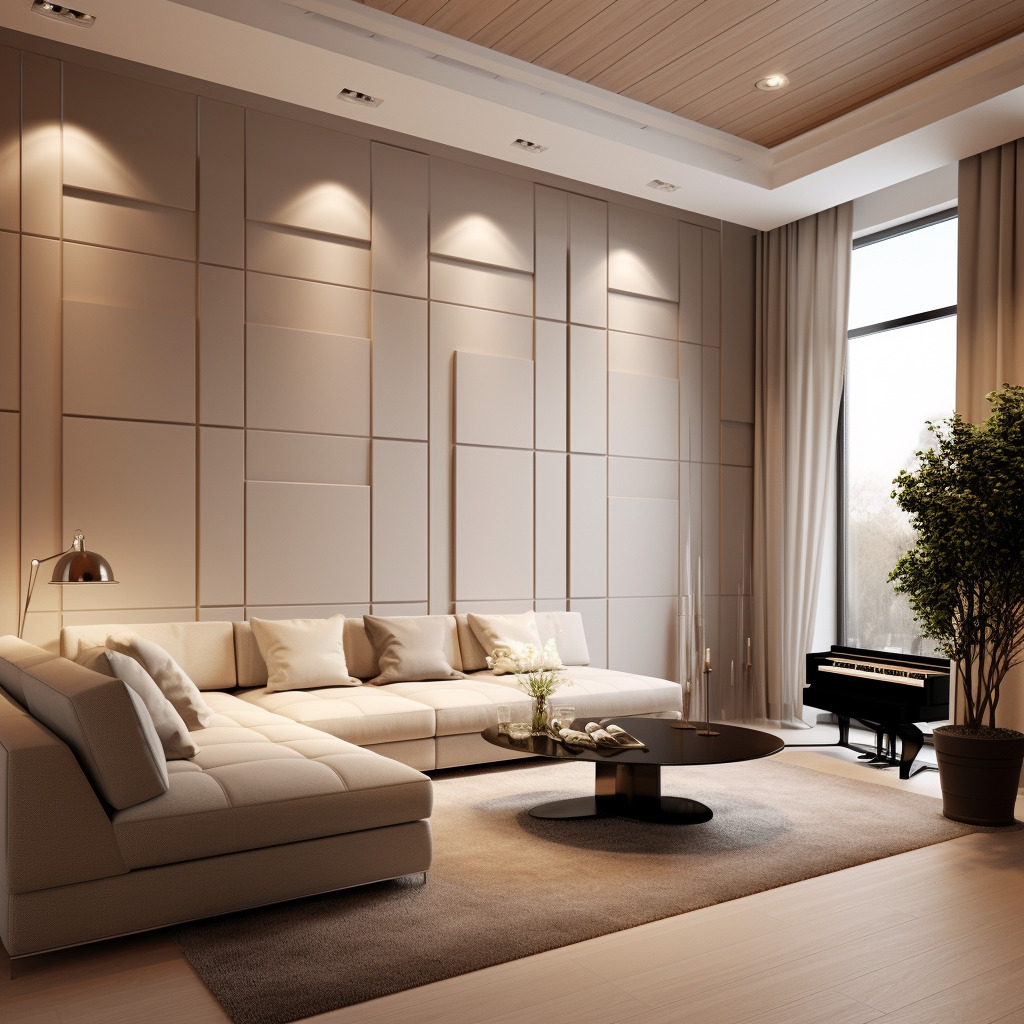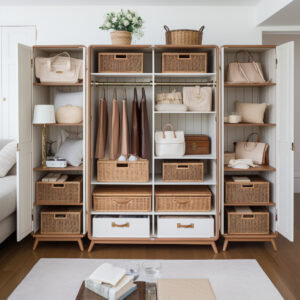Acoustic Paneling – The Perfect Way to Silence Your Home
Creating a serene and harmonious interior space is more than just an art; it’s a science that intertwines comfort, design, and acoustics. Today, acoustic paneling stands at the forefront of innovative interior design solutions, transforming the way we experience our living spaces by reducing noise and enhancing sound quality. This practice has become especially vital as we spend more time indoors, seeking solace in our personal sanctuaries.
With the rise of remote work and the continuous quest for tranquility within urban environments, acoustic paneling is no longer just for recording studios or concert halls. It’s a critical element for anyone looking to create a peaceful, aesthetically pleasing home environment.
Key Elements of Interior Design
An effective interior designer must master a variety of elements to create a cohesive and inviting space. Here are some key concepts that are as foundational as the very walls that surround you.
- Color Palettes: The colors chosen for a space can dramatically affect the mood and visual size of the room. Soft, light hues can make rooms feel larger and more airy, while dark, rich colors can offer warmth and intimacy.
- Furniture Arrangement: A well-arranged room balances functionality with aesthetic appeal, ensuring fluid movement, comfort, and a pleasing focal point.
- Lighting: Lighting serves both a practical and decorative purpose. It can spotlight key features, create ambience, and even influence mood and wellbeing.
-
Textures and Materials: The tactile sense is just as important as the visual. Varied textures and materials can add depth and interest to a room.
-
Accessories: These are the finishing touches that reflect personality and style. They range from artwork to throw pillows, vases, and rugs.
-
Acoustic Paneling: Integrating sound control into design isn’t just a luxury—it’s becoming a standard for modern living. Acoustic panels are effective for sound absorption and can be designed to complement the overall aesthetic of your space.
Tips for Acoustic Paneling
To effectively incorporate acoustic paneling in your home without compromising on style, consider the following tips:
- Evaluate the Room:
- Assess the room’s purpose and how sound travels within it. For a home theater, focus on covering more surface area with panels to prevent echoes. In a study or home office, strategically place panels to eliminate sounds of outside traffic.
- Consider the Paneling Materials:
- Beyond standard foam, consider innovative materials like wool, wood, or even specialized fabrics, which can add texture and warmth alongside their acoustic properties.
- Blend Aesthetics with Functionality:
- Use paneling that complements your existing color scheme or acts as an accent piece. Panels come in various sizes, shapes, and designs, functioning as both art and soundproofing.
- Installation Positioning:
- Panels don’t have to cover every inch of wall space. Placing them at reflection points and mixing sizes and shapes can create an appealing pattern.
- Professional Consultation:
- If in doubt, seek expert advice. Professionals can help you optimize your acoustic paneling for the best sound quality without sacrificing design.
FAQ about Acoustic Paneling
Question 1: What is acoustic paneling, and how does it work?
– Answer: Acoustic paneling refers to materials used to improve the acoustic properties of a space by reducing noise and absorbing sound. These panels typically contain sound-absorbent materials like foam, fiberglass, or mineral wool, which trap and diffuse sound vibrations to prevent echoes and improve sound clarity.
Question 2: Can acoustic panels be decorative?
– Answer: Absolutely! Acoustic panels come in a variety of colors, patterns, and textures that can enhance the visual appeal of a room. Many designers now view acoustic panels as an opportunity to merge functionality with style, selecting options that blend seamlessly into the design scheme or stand out as focal pieces.
Question 3: Are acoustic panels effective for reducing noise from outside?
– Answer: While acoustic panels are excellent for managing sound within a room, their ability to block external noise is limited. They are designed more for sound absorption rather than soundproofing. To reduce outside noise, consider adding dense materials, like mass-loaded vinyl, to your walls, or explore window treatments designed to block sound.
Question 4: How do I choose the right panels for my space?
– Answer: The choice of panels depends on the room’s function, the existing decor, and the desired acoustic improvements. Consider factors like the size of the room, the presence of hard surfaces, and personal style preferences. A balanced approach that incorporates both function and aesthetics is key.
Question 5: How can I install acoustic panels without damaging my walls?
– Answer: Many acoustic panels come with mounting systems that minimize wall damage, such as adhesive strips or temporary mounting hooks. For heavier panels, you may need to use anchor screws, although there are methods to patch and repair walls when the panels are removed or repositioned.
In the realm of interior design, acoustic paneling has emerged as a trend that marries comfort, style, and improved sound quality. A thoughtful integration of this feature can elevate your living experience, ensuring your home is not only a feast for the eyes but also a sanctuary for the ears. Whether through bold design choices or subtle enhancements, acoustic paneling opens up new possibilities for creating truly personalized and peaceful environments in our bustling world.




